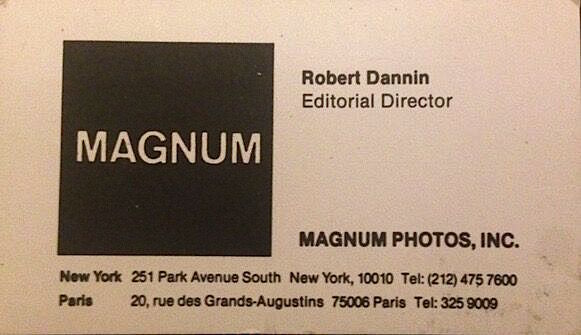 [Editor’s Note: Here we continue “The Dannin Papers,” a series of Guest Posts by Robert Dannin, who served as Editorial Director of Magnum Photos from 1985-90.
[Editor’s Note: Here we continue “The Dannin Papers,” a series of Guest Posts by Robert Dannin, who served as Editorial Director of Magnum Photos from 1985-90.
In this new installment Dannin considers the latest book by renowned photojournalist Eugene Richards, the day I was born, in which, almost 50 years later, Richards revisits the Arkansas Delta region that served as the subject of his first monograph, Few Comforts or Surprises (1973). Part 1 appears below; Part 2 will follow shortly. — A. D. C.]
•
The Many Voices of the Arkansas Delta:
Eugene Richards’s the day I was born (a)
by Robert Dannin
•
Introduction
the day I was born (Brooklyn: Many Voices Press, 2020) comprises oral-history interviews and photographs from the Arkansas Delta by photographer, writer, and filmmaker Eugene Richards. The book is his third publication documenting Black lives in the Delta, preceded by Few Comforts or Surprises (1973) and Red Ball of a Sun Slipping Down (2014). A lifetime of honing his craft went into producing this compressed oral-visual history of contemporary Earle, Arkansas.
Richards first traveled to the state in 1969 as a VISTA volunteer. The following year he helped create RESPECT, Inc., a social-service organization that published a local newspaper, Many Voices. There he began his career in photojournalism.
[VISTA was a social-service program created by President Lyndon Johnson in 1964 to assist the War on Poverty, part of his Great Society program. VISTA volunteers signed up for educational and civic work in low-income rural and urban communities across the country. Historically speaking, VISTA also resurrected the mission of the Farm Security Administration (FSA), a New Deal anti-poverty crusade born during the Great Depression. The FSA employed scholars and artists to document the lives of displaced working-class families throughout the country. Led by Roy Stryker, the FSA unit subsidized the work of Walker Evans, Dorothea Lange, Gordon Parks, Carl Mydans, and Arthur Rothstein, among others.]
In early 2019 Richards returned to the Delta, where he reconnected with old acquaintances and met others willing to discuss the impact of the Civil Rights movement on their lives. Among the conversations were stories about racial injustice, then and now.
•
Earle, Arkansas is one of countless towns with a history of political activism and white backlash that do not make the history textbooks. The resistance in Earle turned into a riot on September 10 and 11, 1970, when “a group of whites armed with guns and clubs attacked a group of unarmed Black protesters who were marching to City Hall to protest segregated conditions in the town’s school system. Five African Americans were wounded, including two women who were shot.” (These events are described in detail in the Encyclopedia of Arkansas.)
The following review begins with a critical summary of the book and then moves on to situate the work within the arc of Richards’s career. I conclude by exploring issues of political correctness that, I believe, have rendered his body of work nearly invisible in this century. During my stint as the editorial director of Magnum Photos from 1985 to 1990 we worked together on many stories that were published in magazines and books. In my opinion, Richards stands out as the most important photojournalist of his generation. Often imitated, yet seldom surpassed, his work embodies the values he defends.
Vox Populi
The march, it’s mostly forgotten. Earle is nothing but a little out-of-the-way place that most people haven’t heard anything about. We never really did get much news coverage. We’re too far from Little Rock. And in Memphis, unless there’s a murder, they hardly holler, didn’t bother about coming. (pp. 148-149)
So concludes Jackie Greer in recounting the history of the 1970 Civil Rights march in the delta town of Earle, Arkansas. Her friend, Jessie Mae Maples, was shot in the back and despite serious damage to her vital organs kept on walking. “I was shot bad, but never did fall down. I never did lose consciousness, till they put me in the hospital and had to do surgery. I lost my kidney, my spleen, part of my pancreas” (p. 127).
Jessie Mae survived to testify about the reign of terror on peaceful protesters that September night. More astounding perhaps was the unexpected apology she received many years later from a local town official, a white man. Was it a confession? Perhaps. Yet no one was ever charged or arrested for this brutal attack. After nearly a half-century Maples still has her bloodstained clothes and vivid memories of the struggle for change in the little town of Earle.
In the tradition of Let Us Now Praise Famous Men (1941) by James Agee and Walker Evans, a widely heralded chronicle of the Great Depression, Eugene Richards’s the day I was born explodes — once again — the myth that history is conducted by celebrities on a television screen before a national audience. In words and pictures, the day I was born depicts the enduring, conflict-plagued legacy of Black Americans’ steadfast resistance to slavery and their unswerving demand for equality. From the first page onward, it resuscitates the intimate personal narrative as the cry of freedom and testament to hope for the generations silenced not only by institutional racism but also by a mass media deaf to their voices, blind to their tears, indifferent to their fate. (In small print on the book’s title-page spread, Richards subtitles it thus: “a telling of the lives of Joseph Perry, Jr. Stacy Abram Jackie Greer Lovell Davis Jessie Mae Maples Timothy Way.”)
These Black citizens of Earle tell horrific stories. Change has come mostly at a snail’s pace to the once segregated town where racial, gender, and class prejudice still simmer beneath the surface. Joseph Perry Jr. explains the broken legacy of Civil War and Reconstruction, chronic unemployment, and the twisted psychology of status based on skin tone (pp. 11-14). Lovell Davis takes the reader from his childhood of deep poverty — “… never owned a toy … ragged and dirty [and hungry] …” — through a tyrannical criminal justice system (pp. 81-94).
No details are spared in recounting the hours of hard labor spent by children chopping cotton, mothers banding together to feed their families, students forced into inferior schools that were integrated in name only, and the grim realities of migrant labor. Longstanding taboos fall by the wayside in Timothy Way’s narrative about growing up gay amidst the community’s latent homophobia. Similarly, Jackie Greer and Lovell Davis pull no punches in describing segmented, reactionary church networks. Davis declares,
What you had right here in Earle was 37 churches, and every one of them was separated. Every church, every pastor, want his pot. They won’t help put a grocery store in here. They won’t put a clothes store in here. They won’t put a service station in here. But we can bear witness in their church. (p. 137)
Resistance was diverse and creative. Back then women and children led the fight against Jim Crow with boycotts of local businesses, high-school walkouts, and ballot-box activism. Undeterred by police violence, they challenged environmental racism years before the first Earth Day. The fearless Rev. Ezra Greer arrived from Chicago to start the Soul Institute, an alternative school for Black students, while Lovell Davis rehabilitated himself through vocational training and higher education.
More recently, businessman Stacy Abram decided to combat the symbolic violence of the region’s ubiquitous Confederate monuments by hiring the talented artist Timothy Way to memorialize African American heroes in a series of monochrome portraits on the exterior of his appliance store.
The book conveys important lessons: Change happens, sometimes rapidly as when the town dump was closed following the 1970 march, but more often social transformation is slow, cumulative, and arduous. Sadly, positive change is also reversible, meaning that newly acquired rights must be defended from one generation to the next. That can only happen with education of the kind provided by dedicated teachers armed with critical textbooks and other materials. In this instance, Richards has deftly organized the book’s contents to bring us from the near-historical past of the Civil Rights era into contemporary issues of intersectionality and class marginalization in the context of today’s obscene national wealth gap.
Arkansas is home to Walmart whose owners, the Walton family, are America’s wealthiest family and could improve life for everyone in the state by spending their pocket change only. Yet the state’s economic collapse brooks few distinctions. Poor white and Black people are indiscriminately besieged by a rapacious economy that has pushed them to the precipice of bare existence. Timothy Way, for example, now shares Sandra Gray’s meager home, where they jointly cared for a destitute white cancer patient. The town itself is overrun by drug warfare and violent gangs who imitate corporate-monopolists like the Waltons in their disdain for civil and indeed human rights.
These testimonies and others blaze with passion. They strike like searing heat from an open furnace. Richards’s images punctuate the narratives with the photos of the storytellers, ruined landscapes, and Timothy Way’s murals. He alternates voices and pictures in search of a rhythm internal to the book — a deliberate experiment to create a channel between Earle’s personages and a wide audience, immersing the latter in this “little out-of-the-way place.” …
(To be continued.)
To see sample spreads from the book, and order a copy, click here.
•
Text copyright © 2021 by Robert Dannin. All rights reserved.
•
(For an index of links to all posts in this series, click here.)
•
Robert Dannin holds a doctorate in linguistics and anthropology from the School for Advanced Studies in the Social Sciences in Paris. He taught at Brown University, New York University, and Suffolk University in Boston. He is co-founder and director of the Ddora Foundation. Among his scholarly publications, Black Pilgrimage to Islam (Oxford University Press, 2002) was the first ethnography of Islamic religious conversion in America. His most recent research project was a biography of Jacob Schiff, the Gilded Age banker and rival to J. P. Morgan.
In 2009 Dannin was awarded an inaugural residency at the Norman Mailer Writer’s Colony. For more information about his just-published novel, Trigger, a thriller written in collaboration with the late Edward “Tony” Gawron, click here.
Dannin paid for his post-secondary education by working as a cook, translator, ghostwriter, and copywriter/photo editor at Sipa Press in Paris from 1978 to 1981. He was news editor for Sygma New York and later the editorial director of Magnum Photos, where he produced Sebastião Salgado Jr.’s “An Archaeology of the Industrial Age,” eventually published as Workers (Aperture). His other editorial credits include James Nachtwey’s Inferno (Phaidon) and the survey Arms Against Fury: Magnum Photographers in Afghanistan (powerHouse).
Dannin is the author of numerous critical essays about photojournalism. From 1995 to 1997 he served as special consultant on photography to the office of the New York Attorney General. To contact Robert Dannin, click here.


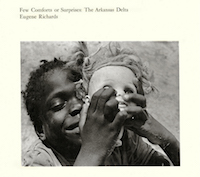
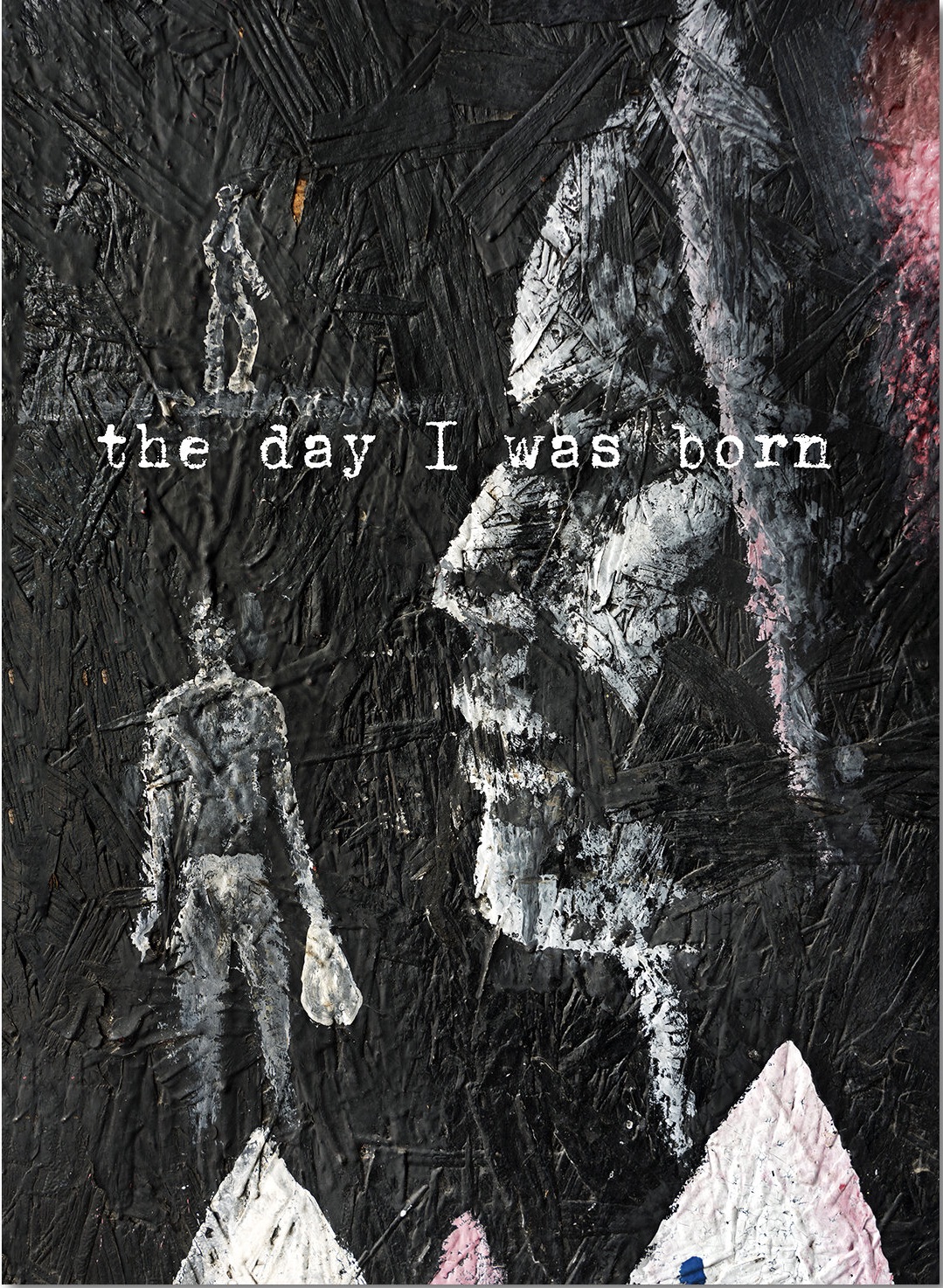
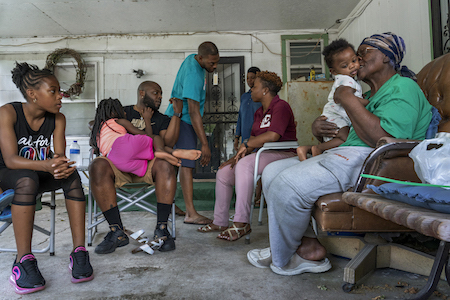
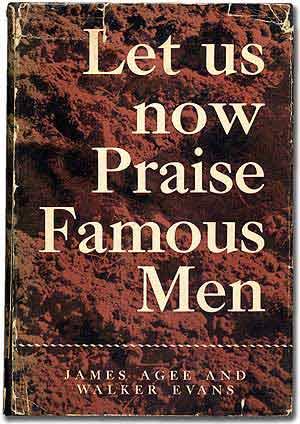
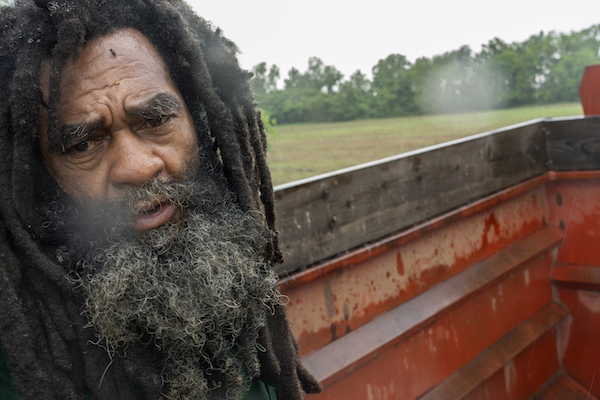

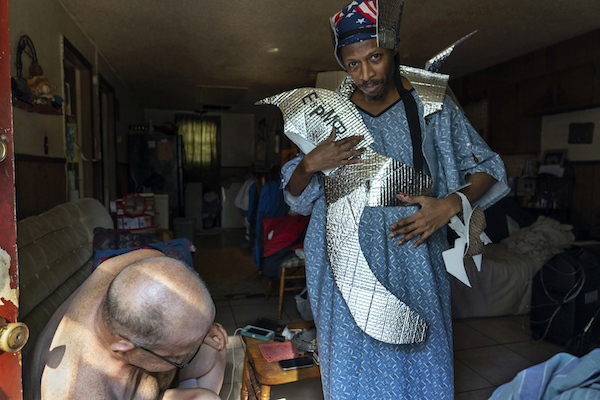
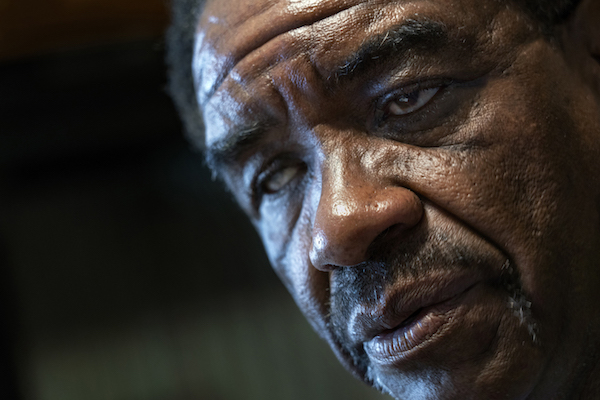

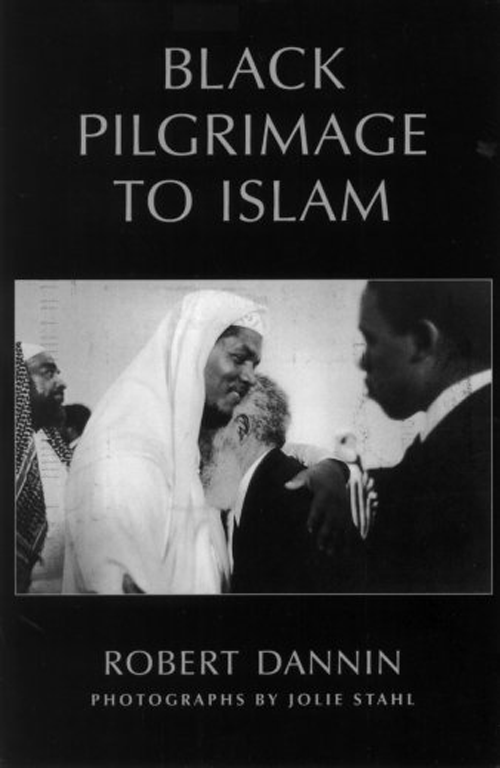




Leave a Comment